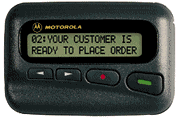 POCSAG.
Post Office Code Standardization Advisory Group
POCSAG.
Post Office Code Standardization Advisory Group
 With a simple radio receiver and a POCSAG protocol decoder you will be able to build a unit
which can be controlled with just a phone call. I will teach you the protocol and I will
also show you real measurements of POCSAG signals.
With a simple radio receiver and a POCSAG protocol decoder you will be able to build a unit
which can be controlled with just a phone call. I will teach you the protocol and I will
also show you real measurements of POCSAG signals.



| Time | Source | Bit/s | Address | Function | Message |
| 2003-10-16 18:18 | COM | 1200 | 1238681 | 0 (Num ) | 1724 |
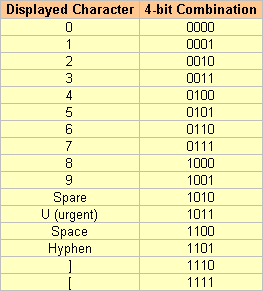
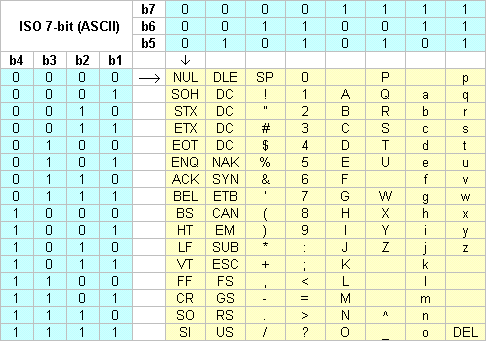
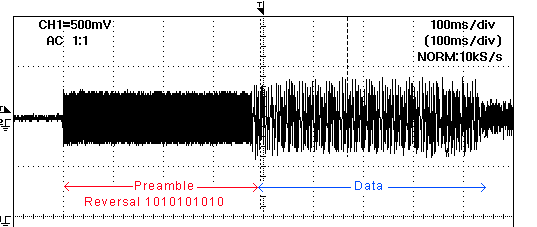
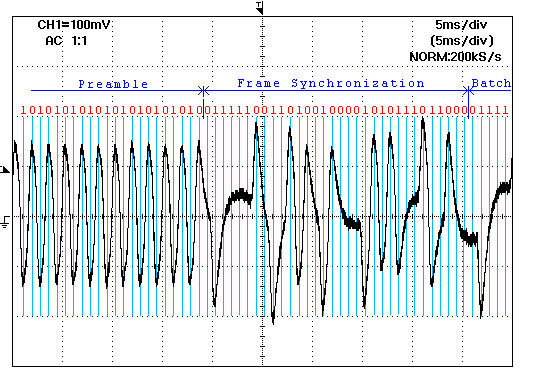
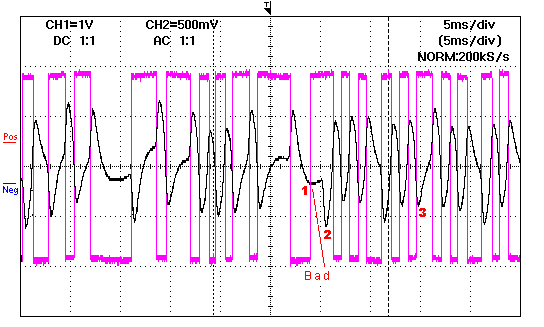
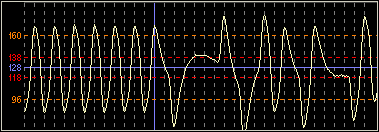
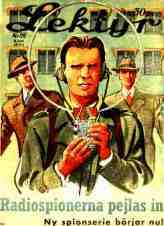 Final word
Final word